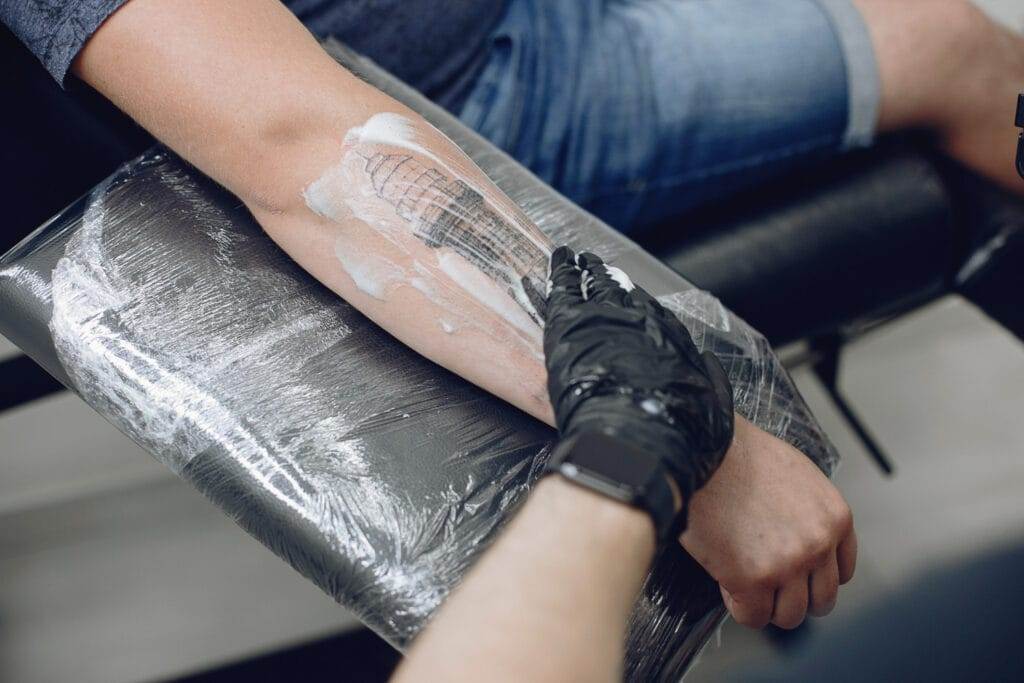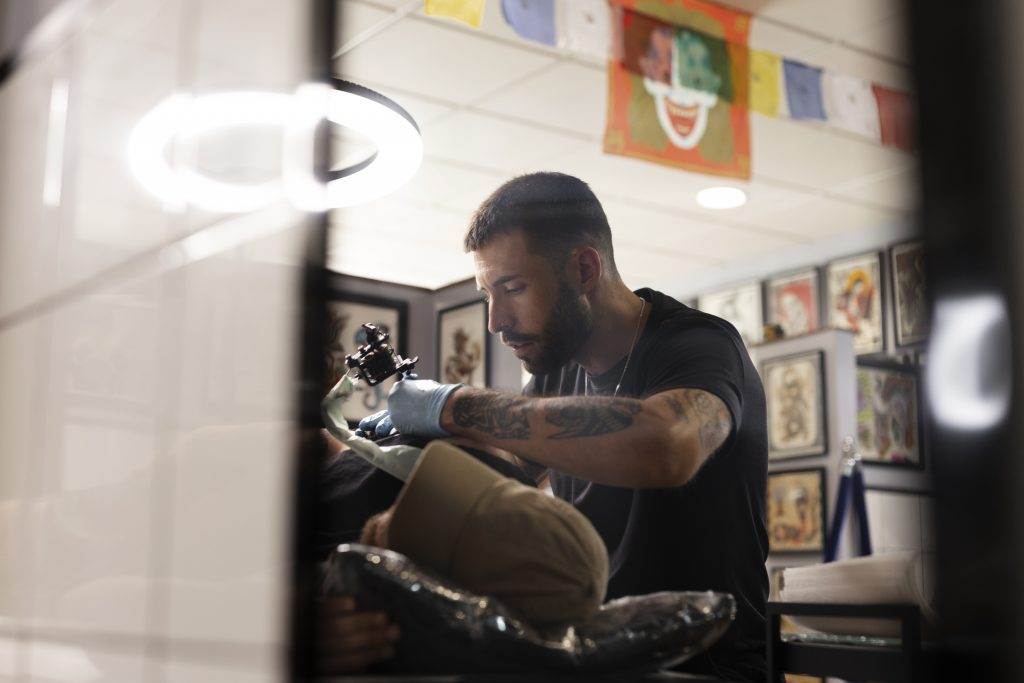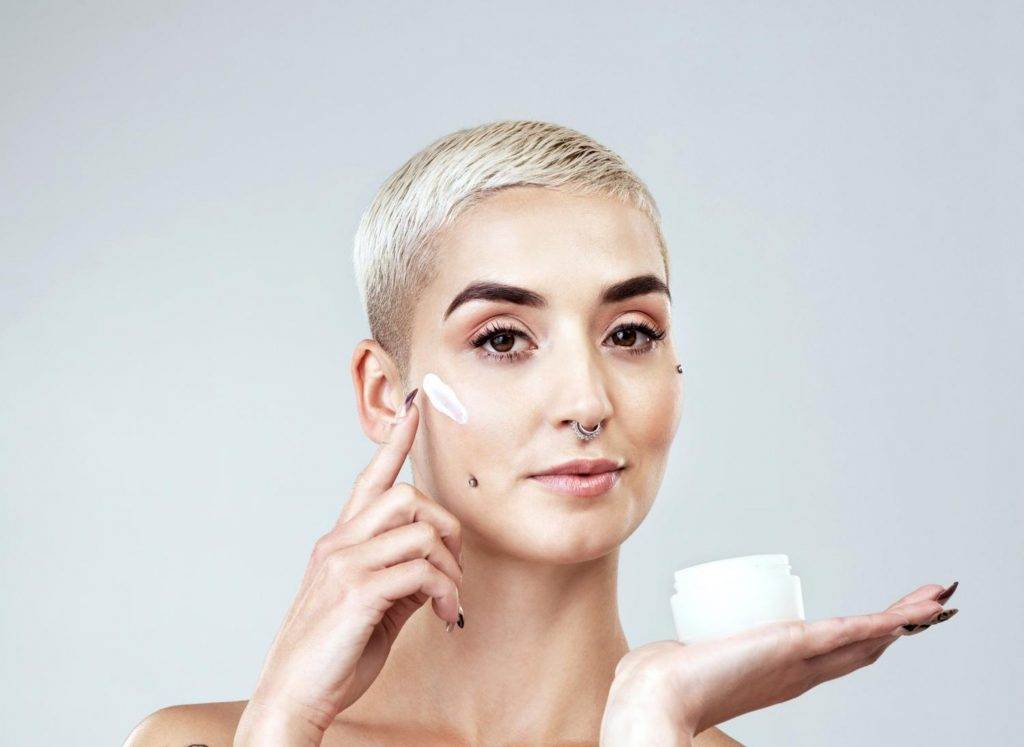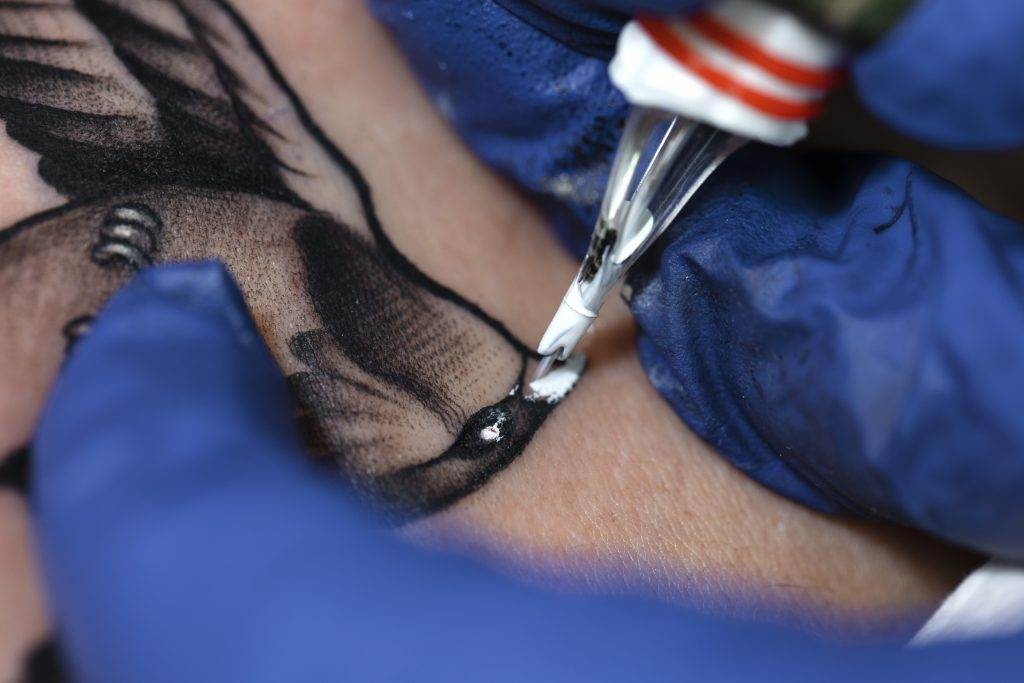The longevity of tattoos is an important factor to consider for anyone who is getting inked. Tattoos are a long-term commitment, and it is essential to take proper care of them to ensure they stay vibrant and intact for years to come. There are several factors that can affect the longevity of a tattoo, such as the skill of the tattoo artist, the location of the tattoo, and the aftercare routine followed by the individual. In this blog post, we will discuss the importance of tattoo longevity and how expert tips can help in maintaining long-lasting tattoos.
Importance of tattoo longevity and the factors that can affect it
Having a long-lasting tattoo is desirable for several reasons. Firstly, tattoos are a form of self-expression that hold personal significance for the wearer. A faded or blurry tattoo can diminish its overall impact. Additionally, tattoos are a significant investment, both financially and emotionally. Ensuring the longevity of a tattoo helps to make the investment worthwhile, keeping the artwork looking fresh and vibrant over time.
Several factors can affect the longevity of a tattoo. The skill and technique of the tattoo artist play a vital role. A skilled artist will use high-quality ink and apply it properly to ensure the tattoo lasts longer. The location of the tattoo can also impact its longevity. Areas that experience frequent rubbing or contact, such as hands or feet, may fade faster than tattoos on other parts of the body. Lastly, following a proper aftercare routine is crucial in preserving the tattoo’s longevity. Failure to keep the tattoo clean and moisturized can lead to infections and fading.
How expert tips can help in maintaining long-lasting tattoos
Expert tips can be invaluable in maintaining long-lasting tattoos. Here are some tips recommended by tattoo artists:
- Follow the aftercare instructions: Tattoo artists provide specific aftercare instructions for each tattoo. It is essential to follow these instructions meticulously to ensure proper healing and long-lasting results.
- Protect from direct sunlight: The sun’s rays can fade tattoos, so it is crucial to protect them by using sunscreen with a high SPF. For prolonged sun exposure, it is recommended to cover the tattoo with clothing or seek shade.
- Moisturize regularly: Keeping the tattoo moisturized helps to maintain its vibrancy and prevent dryness or cracking. Use a tattoo-specific moisturizer or a fragrance-free lotion to keep the skin hydrated.
- Avoid excessive scrubbing or picking: Scrubbing or picking at the tattoo can cause damage and lead to premature fading. It is essential to gently clean the tattoo while avoiding any harsh or abrasive motions.
- Consider touch-ups: Over time, tattoos may fade or lose some of their sharpness. Consider scheduling touch-up sessions with your tattoo artist to maintain the tattoo’s longevity and vibrancy.
By following these expert tips and taking proper care of your tattoo, you can ensure its longevity and enjoy the artwork for years to come. Always consult with your tattoo artist for personalized advice based on your specific tattoo and skin type.
Proper Placement of the Tattoo
Determining the right body part for your tattoo
When considering the longevity of your tattoo, the placement on your body plays a crucial role. Certain areas tend to retain tattoos better than others, so it’s important to choose a body part that will age well. Consult with your tattoo artist, as they have experience and knowledge regarding the best placement options for long-lasting tattoos.
Considering factors such as sun exposure and skin stretching
Another factor to consider when deciding on the placement of your tattoo is the amount of sun exposure the area will receive. Constant exposure to the sun’s rays can cause tattoos to fade more quickly. Areas that are frequently exposed to sunlight, such as the face, hands, or forearms, may require more frequent touch-ups to maintain their vibrancy.
Additionally, consider how the skin in the chosen area might stretch over time. Areas prone to stretching, such as the stomach or thighs, may result in distortion or warping of the tattoo as the skin changes shape. Opting for a less stretch-prone area can help ensure the longevity of your tattoo.
Remember, proper placement of your tattoo, taking into account factors such as sun exposure and skin stretching, can significantly contribute to its long-lasting appearance. Consult with your tattoo artist to determine the best placement options for your individual design and lifestyle.
Caring for a Fresh Tattoo

Cleaning, moisturizing, and protecting the tattoo during the healing process
When it comes to getting a fresh tattoo, proper care during the healing process is essential to ensure the best outcome. Follow these steps to keep your new tattoo clean and moisturized, while also protecting it from potential damage:
- Cleanliness: Gently wash the tattooed area with mild, fragrance-free soap and warm water. Avoid using washcloths or scrubbing the tattoo, as this can irritate the skin. Pat the area dry with a clean towel or allow it to air dry.
- Moisturizing: Apply a thin layer of ointment recommended by your tattoo artist or a fragrance-free, alcohol-free lotion to the tattooed area. This will help keep the skin hydrated and prevent excessive drying or cracking.
- Protection: Keep your tattoo covered with a sterile, non-stick bandage or cling film for the first few hours after getting it done. After that, avoid exposing the tattoo to direct sunlight, swimming pools, saunas, or soaking in water as these can increase the risk of infection.
- Avoid scratching or picking: It’s normal for a tattoo to scab and peel during the healing process. However, resist the urge to scratch or pick at any scabs or flakes as this can interfere with the healing and lead to scarring.
By following these care instructions, you can promote proper healing and ensure that your fresh tattoo retains its vibrant colors and sharp details. Remember, if you have any concerns or questions during the healing process, always reach out to your tattoo artist for guidance.
Avoiding Fading and Damage
Limiting sun exposure and using sunscreen with high SPF
To protect a fresh tattoo from sun damage, it is essential to limit sun exposure. Exposing the tattoo to direct sunlight can cause the colors to fade and the tattoo to blur over time. Apply sunscreen with a high SPF, preferably 30 or higher, to the tattooed area before going outside. It is important to reapply sunscreen every two hours, especially if you are sweating or swimming. Look for a sunscreen specifically formulated for tattoos for added protection.
Covering the tattoo with clothing or a bandage when necessary
When spending extended time in the sun, it is best to cover the tattoo with clothing. Choose loose-fitting, breathable garments that will protect the tattoo without causing any irritation or rubbing against the skin. In situations where clothing coverage is not possible, consider using a sterile, non-stick bandage or a specialized tattoo cover-up sleeve to shield the tattoo from direct sunlight.
Protecting the tattoo from excessive scrubbing, scratching, or picking
Besides sun exposure, it is important to protect the tattoo from other forms of damage. Avoid scrubbing, scratching, or picking at the tattooed area, as this can lead to scarring or fading of the tattoo. Be gentle when washing the tattoo and use a mild, fragrance-free soap. Pat the tattoo dry with a clean towel and avoid rubbing it vigorously.
Avoiding swimming pools, saunas, and hot tubs during the healing period

During the healing period, it is crucial to avoid exposing the tattoo to potentially harmful environments. Swimming pools, saunas, and hot tubs can introduce bacteria and chemicals that may interfere with the healing process. It is best to wait until the tattoo is fully healed before submerging it in water or exposing it to extreme heat.
Following these precautions can help preserve the quality and longevity of your tattoo. Remember to prioritize protection and care when it comes to your tattoo, especially when spending time outdoors.
Conclusion
Emphasizing the importance of proper care and maintenance
To ensure the longevity and vibrant appearance of a fresh tattoo, it is crucial to take proper care and follow basic maintenance guidelines. Sun exposure should be limited by using sunscreen with a high SPF, preferably 30 or higher, specifically formulated for tattoos. Covering the tattoo with clothing or a bandage when necessary is essential to avoid direct sunlight. Furthermore, it is crucial to avoid excessive scrubbing, scratching, or picking at the tattooed area to prevent scarring or fading.
During the healing period, it is important to avoid swimming pools, saunas, and hot tubs as they can introduce bacteria and interfere with the healing process. Patience is key, and it is best to wait until the tattoo is fully healed before exposing it to water or extreme heat.
By following these precautions, individuals can ensure the preservation and long-lasting beauty of their tattoos. Remember to prioritize protection and care, especially when spending time outdoors, to keep your tattoo looking its best.



